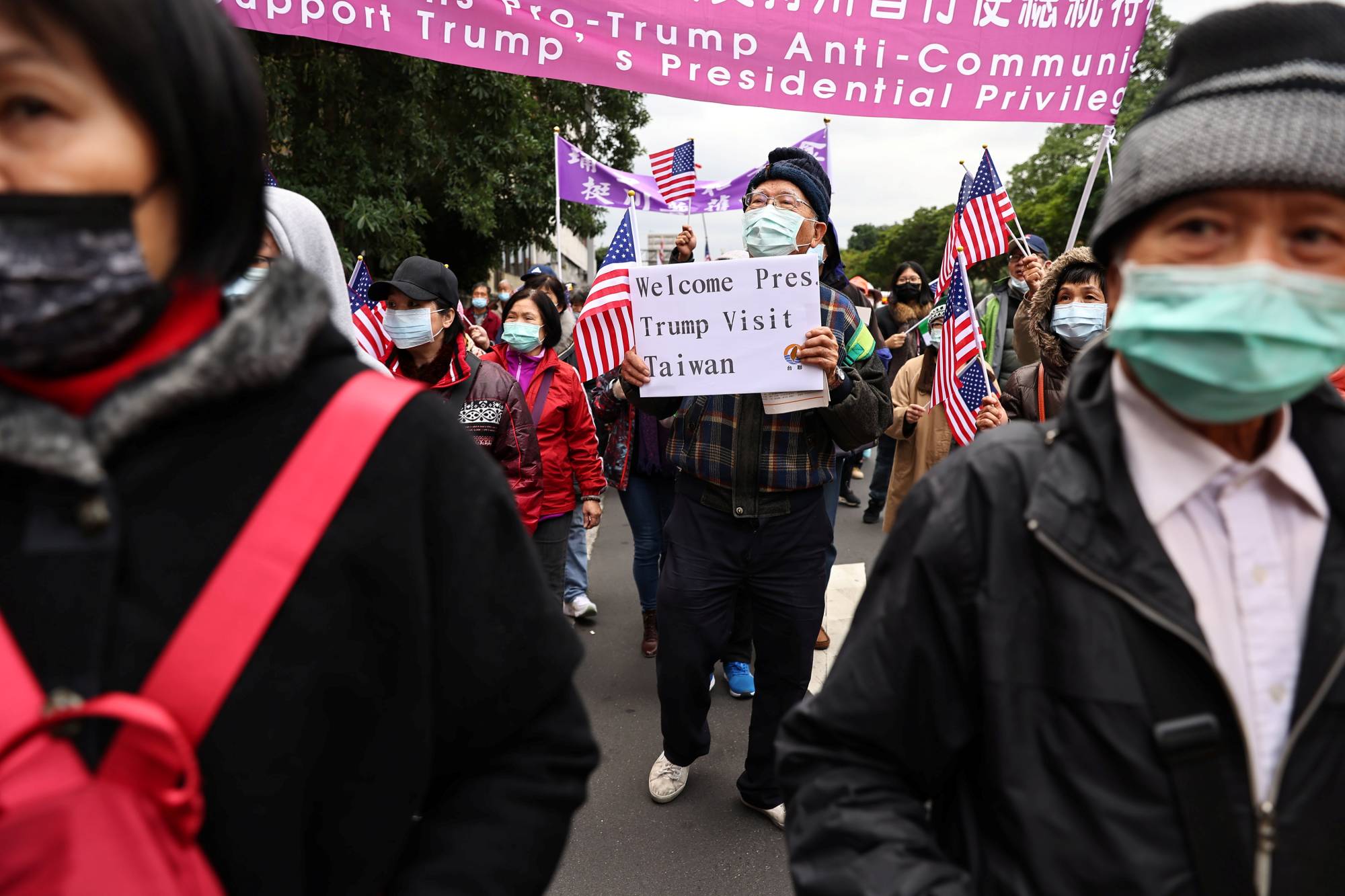On Jan. 9, U.S. Secretary of State Mike Pompeo announced that the United States had lifted a set of self-imposed restrictions on contacts with Taiwan. While these “Taiwan Guidelines” were barely known to the general public, they had developed a life of their own in U.S. diplomacy. What are the implications of this move?
The guidelines were initiated in 1978, when the United States broke relations with the Nationalist Chinese government on Taiwan, which claimed sovereignty over China. The guidelines governed contacts between U.S. and Taiwanese officials in the absence of formal diplomatic relations. They also restricted meeting places (no meetings with Taiwan officials at the State Department, White House or Executive Office Building), the attendance of formal events at Taiwan’s Twin Oaks estate in Washington and the level of officials who could meet with their Taiwanese counterparts. They also stated that the United States should not refer to Taiwan as a “country” or “government.”
Over the years, the guidelines grew into an intricate web of restrictions on the conduct of contacts with Taiwan. They also included a prohibition on visits to Washington by Taiwan’s top officials — an elected president and vice president, prime minister, foreign minister and defense minister — and injunctions on “symbols of sovereignty” such as Taiwan’s flag or use of the name “Taiwan” in the title of Taiwan’s Washington representative office, which is called the Taipei Economic and Cultural Representative Office.

















With your current subscription plan you can comment on stories. However, before writing your first comment, please create a display name in the Profile section of your subscriber account page.